I have a very basic question about javadocs - I apologize in advance, I'm completely unfamiliar with the topic and can't find an answer on google.
I downloaded a certain implementation in java, and imported the downloaded projects in Eclipse. In the files that I needed, I found syntax that was unfamiliar to me, for example the following appeared before a function:
/**
* Default implementation of the MarkovDecisionProcess<S, A> interface.
*
* @param <S>
* the state type.
*/
It turns out that this kind of syntax is called a javadoc (?). My question is: How do I use this javadoc thing? Am I supposed to import the project into a separate one, or edit the given code? If so - how do I modify the @param syntax, for example?
